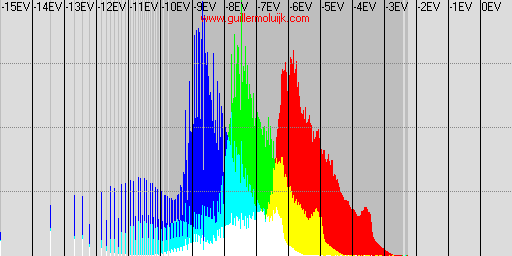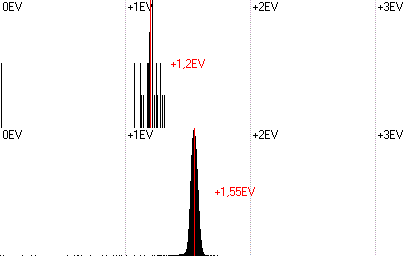This goes to IR photography experts in the forum: a member of another forum had his Sigma SD14's (Foveon) IR filter removed. Later he bought a 720nm IR filter to do some IR photography (gray foliage, false colour in the skies, etc...).
As a surprise he is getting RAW file without any colour information (no differentiation between the signal absorbed by the R, G and B Foveon layers). This is a RAW file:
https://drive.google.com/file/d/1kJMtnPooyX-N8uGW4PhVNq8xsG8ZKyPi/view?usp=sharingI have extracted the RAW data and plotted the histogram. Indeed the three histograms are the same, just for an exposure factor:

If we take the individual per channel RAW data and match exposure, they become undistinguishable (just the expected differences in SNR)

I calculated the relative exposure histograms:

G is 1,2EV over B, and R is 1,55EV over G.
The question is: is this behaviour expected? is it because it's a Foveon? why are the Foveon layers not making any wavelength discrimination over the IR spectrum?. If I am not wrong, this guy will never get any colours on his IR shots using this camera and filter combination.
Regards